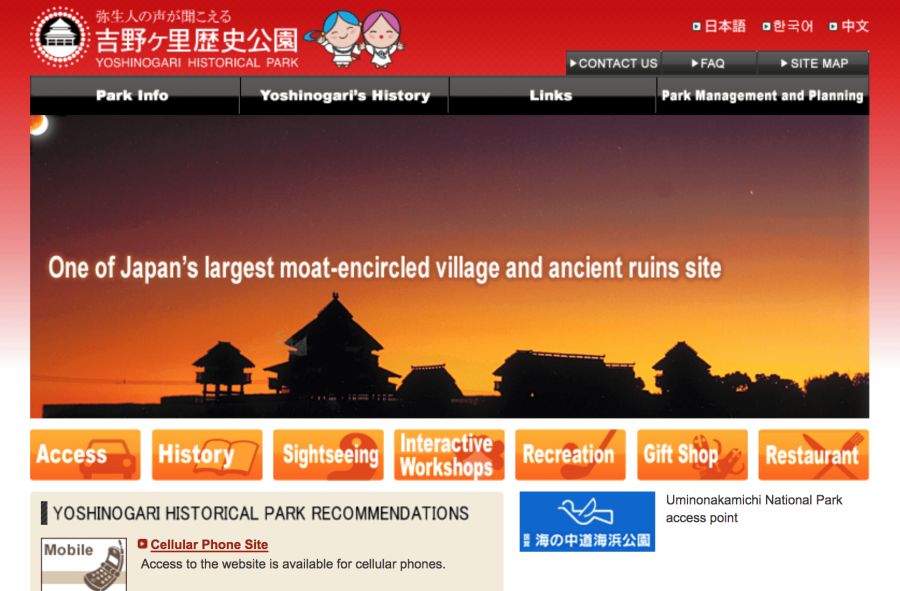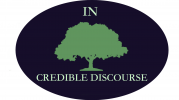Conflicting Interests: Priorities and Interpretations
When we learn about the past, it is through stories and narratives. This is the easiest way for us to understand, make sense of, and remember events as they unfold. As with any massive undertaking, there is often more than one shareholder with stakes in the game. For most institutions and endeavors to collect information and build knowledge, this has historically proven to be a problematic aspect to navigate. For this to function properly, the researcher needs to be able to do their technical, academic, and intellectual work. In addition, they need to be able to sell their plans and ideas, and they need to be an entertainer as they try to make their area of expertise attractive to the general public.
1) Scholar 2) Salesperson 3) Teacher 4) Entertainer 5) Entrepreneur
This is a lot to have to juggle, and most Academics have mastery over all of these areas, so it falls into the hands of third parties. The priorities of third parties differ from those of the academic because of the very nature of their business. This creates tension because, on the one hand, these third parties have a vested interest in helping a venture succeed financially but very little to the authenticity of a project. What compounds this is how close and the hierarchical relationships that exist between the academic researcher and the third party.
The Difficulty
Presenting the public with nuanced interpretations with uncertainty built into the very fabric of a narrative is much more challenging to sell or remember than a simple straight forward story. This is why caution must be taken during any undertaking involving knowledge production about the past. It needs to start with how we condition ourselves intellectually and dispositionally that will create the conditions required to detangle the compounded lenses of interpretation.
YOSHINOGARI: The Example

I was reading “Archaeology, Society, and Identity in Modern Japan” (Mizoguchi 2006) and in the opening of the book, he mentions the issues surrounding the Yoshinogari Historical Park.
The Story of the park:
The government was going to build an industrial park in Saga Prefecture, so they needed to clear some land. The plot that was chosen had to be surveyed and evaluated to identify any significant cultural property. When the test trenches turned up what would become one of the largest Yayoi Period sites in Japan, there was a concern as to how they would save the site. The initial plan was to save a portion of the site and salvage what they could before the rest was destroyed. But the people working on the site changed the narrative to preserve the site and the archaeological record.
The committee in charge of the site took various aspects of the excavation findings and showed how they supported the Legend of Empress Himiko. Himiko is the first ruler in “Japan” identified through Chinese chronicles, and it is through this connection that the site went from being a matter of historical significance to one of National Identity and pride. The first time Japan is mentioned in writing is in the “treaties on the People of Wa” from the “Chronicles of the Kingdom of Wei” The period when this is happening is significant too. The Chronicles of Wa were written around the time when rice agriculture came into the Japanese archipelago as well as the establishment of the imperial family. To put it bluntly, this is when the nation of Japan took on its first shape. And as the first ruler to be named and acknowledged by a Chinese court, she was a powerful and influential figure indeed.

As the excavations continued, the Himiko story was used to establish a Historical Park and sell the idea of Himiko to the nation. The only problem was that to match the archaeological finds to the written account of Himiko from the Chronicles of the Kingdom of Wei, the chronology had to be viewed loosely. Various aspects of settlements had to be patchworked together from the different period, and the strict academic integrity had to be compromised.
The reason that this was done is simple. The site has to be able to be sold to save it. If a sensational story is put forward to protect a site, it is better than the entire thing being destroyed. The idea to allow the sign to gain popularity under a hyperbolic narrative to preserve the archaeological record is in itself, not a terrible plan. The difficulty is wold be in then altering the narrative later when the post-excavation and research were ready.
Consequences
But that did not seem to happen, and today the Historical park still relies heavily on the Himiko Narrative and idea of the first Yamatai Kingdom to sell itself and to represent national identity. When the time came to rectify the narrative being put forth in the park the clarity did not come from how the archaeological record should be interpreted but from how to read the texts of “Treaties on the People of Wa.”
Overall the way that people in Japan understand the origin of their nation and the Yayoi/ Kofun periods, in general, are controversial topics. I tell this story because it raises the point that Mizoguchi made and that I want to expand upon.
The site was preserved because its narrative was created with the intent to sell. The narrative that saved the site was one that was the one that most easily fit into a marketable storyline. The Author connects this the various interest groups that were interested in utilizing the site and Intellectual Property as a means of wealth generation. (He seems to have a strong Marxist theoretical position in general.)
The Broader Significance
What happened at this site and with the narrative around not only the Empress Himiko but the Jomon, Yayoi, and Kofun periods happens in archaeology globally. This does not appear to be an isolated incident, and even Mizoguchi illustrates this with the example of the Catalhoyuk in Turkey. In addition to these two, the overtaking of empirically produced and rigorously established narratives are being overtaken by more blockbuster-esk narratives. This can be seen in the vast majority, if not all national origin stories, in ethnic origin stories as well as
These topics have been dominated by the narratives that are both sensational and capable of being sold for profit and the establishment of identity. With the Viking age, there is a greater focus of ethnic identity while the religion narrative established a cultural and universal human condition.
The real problem is that as the ‘sellable’ narrative is sold and disseminated, it overtakes the more conservative and academically founded version of the topic under investigation. Now because academia is based on scholastic research, the faulty or undersupported theoretical frameworks and interpretations of the past are then used to produce new generations of knowledge that take and build off of a foundation they do not fully understand. This is where the pop narratives join the “Compounding Narratives” to further obscure the way we understand the past, human culture, and the way knowledge is produced. But I cover that further in another post.
What Comes Next?
What we need to do is to combat these sensational versions of history and our shared human past and present the more nuanced and reality* based narratives. I want to spread awareness of the situation and contribute to the work to re-establish the way we understand the past and how we produce and utilize knowledge.
The Difficulty
Presenting the public with nuanced interpretations with uncertainty built into the very fabric of a narrative is much more difficult to sell or remember than a simple straight forward story. This is why caution must be taken during any undertaking involving knowledge production about the past. It needs to start with how we condition ourselves intellectually and dispositionally that will create the conditions required to detangle the compounded lenses of interpretation.
Future post: The Plan: How to unfold the compounding dispositions established through intellectual history.
What interpretations do you think fit into this category? Put them in the comments below, I’d love to read about them.
Further Reading:
Treatise on the People of Wa: https://www.amazon.com/Reading-Treatise-People-Chronicle-Kingdom/dp/1937385485
Ruins of Identity: https://www.amazon.com/Ruins-Identity-Ethnogenesis-Japanese-Islands/dp/0824821564/ref=tmm_pap_swatch_0?_encoding=UTF8&qid=1563675002&sr=1-1

